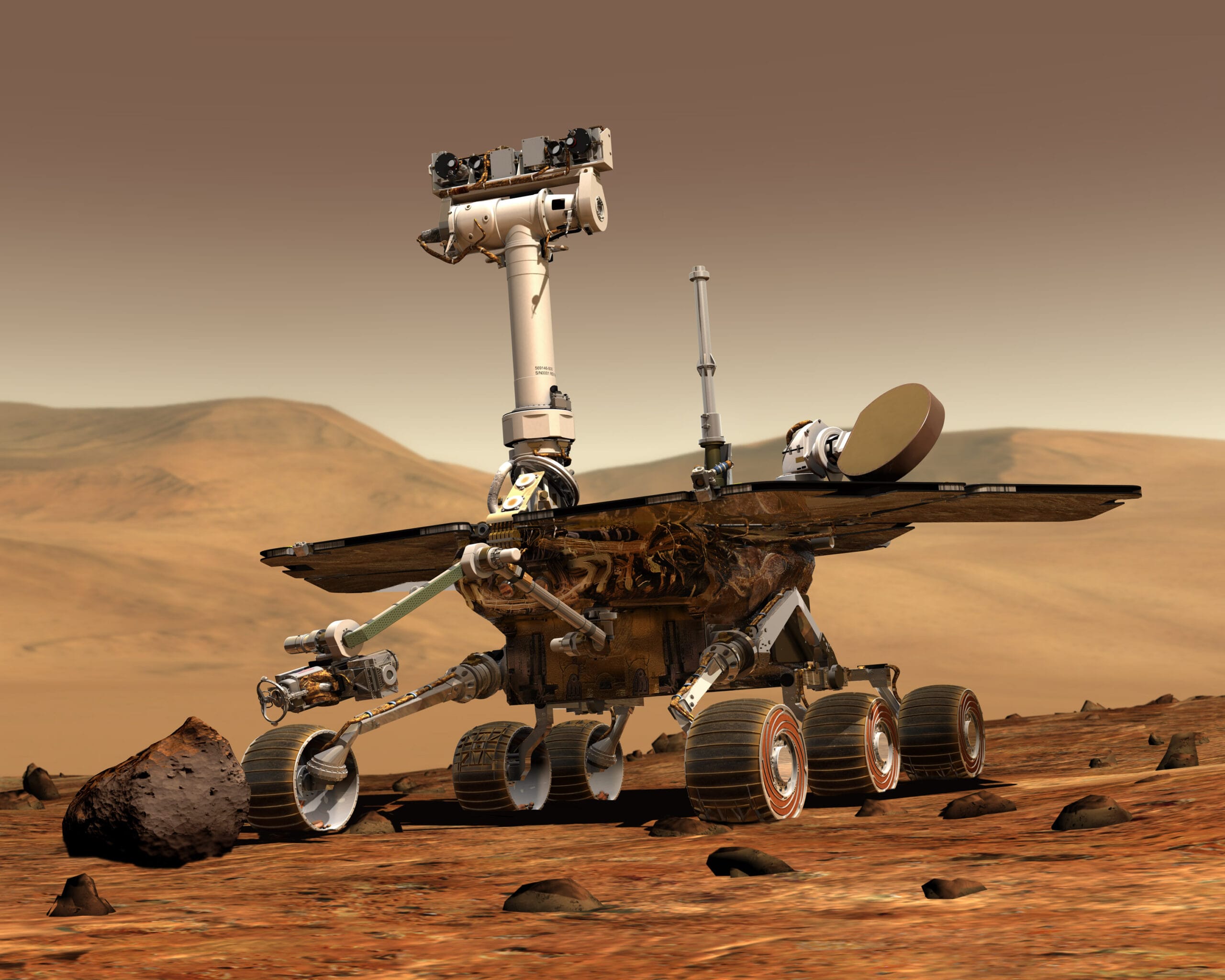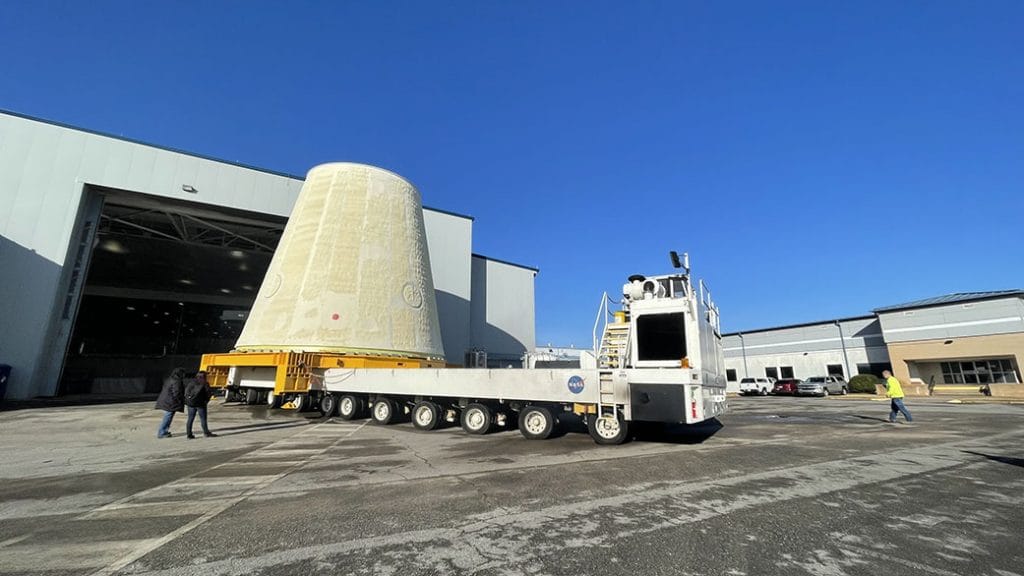Deinococcus radiodurans, a bacterium renowned for its extreme radiation resistance, has captivated the scientific community for decades. This microscopic marvel, often referred to as “Conan the Bacterium” due to its seemingly indestructible nature, can survive radiation doses thousands of times higher than those lethal to humans. While its initial discovery dates back to the 1950s, ongoing research continues to uncover the intricate mechanisms behind its resilience, providing valuable insights into fundamental biological processes and potential applications across diverse fields.
The term “radiodurans” aptly describes the bacterium’s ability to withstand ionizing radiation, which encompasses high-energy particles and electromagnetic waves like X-rays and gamma rays. Such radiation causes significant damage to cellular components, most notably DNA, which carries the genetic blueprint of life. Double-strand breaks (DSBs) in DNA, where both strands of the helix are severed, are particularly hazardous and can lead to cell death if not repaired efficiently. While most organisms are highly susceptible to radiation-induced DSBs, Deinococcus radiodurans has developed an array of strategies to counter these damages, making it the most radiation-tolerant organism currently known.
The extraordinary radiation resistance of D. radiodurans is not attributable to a single factor, but rather a combination of multiple complex and interrelated systems. One of the primary mechanisms is its remarkable DNA repair system. Unlike most organisms, which struggle to repair DSBs, D. radiodurans can efficiently repair hundreds of such breaks within a few hours. This is achieved by several key processes, including homologous recombination. Homologous recombination is a type of DNA repair that utilizes an undamaged copy of the DNA as a template to guide repair. D. radiodurans possess multiple copies of its genome, and it is believed that these copies may aid in the repair of damaged chromosomes. The bacterium seems to assemble its fragmented DNA into organized structures during the repair process. This assembly facilitates accurate alignment and pairing of homologous segments and allows efficient repair of double-strand breaks.
Furthermore, D. radiodurans is equipped with an impressive array of DNA repair enzymes, such as RecA, RecN, and DNA ligases, which work synergistically to mend damaged DNA. Research has also revealed that D. radiodurans responds to radiation-induced damage by rapidly increasing the expression of these DNA repair enzymes. This upregulation ensures that the bacterium is always ready to tackle any DNA damage that may occur. While other organisms also employ similar repair enzymes, D. radiodurans appears to have a greater efficiency in these enzymatic pathways, allowing for a more effective and rapid response to DNA damage.
Another critical aspect of D. radiodurans’ radiation resistance is its potent antioxidant system. Ionizing radiation generates highly reactive molecules called reactive oxygen species (ROS). These free radicals, such as superoxide and hydroxyl radicals, can severely damage lipids, proteins, and DNA within cells. To neutralize the effect of ROS, D. radiodurans accumulates high levels of manganese ions which are critical for protection against oxidative stress. The role of manganese ions in protection has been investigated extensively. Manganese ions, particularly in their Mn(II) form, function as powerful antioxidants, scavenging ROS and minimizing the damage they can cause. High cellular concentration of these ions is also believed to contribute to efficient DNA repair. Researchers suspect that they function as a catalyst in the repair process, helping stabilize DNA and DNA repair proteins.
Besides DNA repair and antioxidant mechanisms, the structural characteristics of D. radiodurans also contribute to its radiation resilience. The bacterium possesses a complex cell wall, which consists of multiple layers, including a relatively thick peptidoglycan layer. This layer appears to provide physical protection to the cell by acting as a barrier against physical stress induced by radiation. Additionally, it is believed that this physical structure helps maintain the cellular integrity during extreme conditions.
The organization of the D. radiodurans chromosome is unusual compared to other bacteria. Its genome is not a single, circular chromosome, but rather a collection of four copies of the core chromosome, making up a “nucleoid” structure. These chromosome copies are organized in a ring-like structure and are held tightly together. This arrangement is suggested to protect DNA from the potentially damaging effect of radiation. Additionally, this structured organization could facilitate efficient DNA repair by bringing broken ends into close proximity for easy homologous recombination.
While the DNA repair, antioxidant systems, and unique structural features account for its extreme radiation resistance, the bacterium’s ability to endure extreme desiccation is another area of scientific interest. This ability is linked to the cell’s capacity to repair DNA damage caused by drying, which often induces DSBs similar to radiation. This capacity to withstand both desiccation and radiation is believed to have evolved due to the bacteria’s ecological niche, with some researchers speculating that it may have adapted to exist in locations with high levels of radiation and arid conditions.
Furthering the scientific community’s understanding of D. radiodurans could have profound implications across multiple fields. The bacterium’s robust DNA repair mechanisms could be used to develop new strategies to combat radiation-induced damage in humans, for instance, in cancer therapies or accidental radiation exposure. Additionally, the bacterium’s efficient DNA repair system could be a potential tool in creating novel biotechnologies. By integrating its repair system into other organisms, scientists could enhance the resistance of those organisms to damage.
Additionally, Deinococcus radiodurans has shown promise in bioremediation, the process of using microorganisms to clean up environmental contaminants. The bacterium’s ability to survive extreme conditions, including high levels of radiation, makes it a potential candidate for cleaning up radioactive waste. Its natural ability to withstand radiation may give it the ability to break down radioactive compounds.
Furthermore, Deinococcus radiodurans’ resilience can also be applied to the field of astrobiology. The ability of D. radiodurans to withstand radiation and desiccation suggests that similar organisms could have the potential to survive the harsh conditions of space. Research in this area could aid in understanding the potential for life to exist beyond Earth. Specifically, studies on D. radiodurans might contribute to understanding the potential for microbial life to survive on other planets, such as Mars. Given the extreme environmental conditions, the insights into how Deinococcus can survive can help scientists model what kind of organisms might exist beyond Earth.
Recent research has explored the roles of several specific proteins and metabolic pathways in the bacterium’s radiation resistance. One such pathway involves the production of the molecule Deinocarotene, a unique carotenoid found exclusively in D. radiodurans. Deinocarotene is thought to act as an antioxidant, protecting the cell against ROS. Other research has examined the role of specific enzymes, which are used in DNA repair, to see how these pathways are activated under radiation stress.
Another area of recent focus has been on the regulatory mechanisms that control the expression of genes involved in DNA repair and radiation response. Researchers have identified several transcription factors and regulatory elements that play a role in orchestrating the bacterium’s response to radiation. Understanding how these regulatory systems function could lead to further insights into the adaptive capabilities of D. radiodurans.
The ongoing studies of D. radiodurans continue to shed light on the intricacies of its radiation resilience and provide a new foundation for future biotechnological advancements, as well as enhance human comprehension of the fundamental processes of life. The scientific community is particularly interested in what more this seemingly indestructible organism has to teach us. Its ability to survive extreme radiation challenges our existing notions of life and its limits. The study of this resilient organism may also pave the way for new possibilities in biotechnology, medicine, and our quest to explore life beyond Earth.


